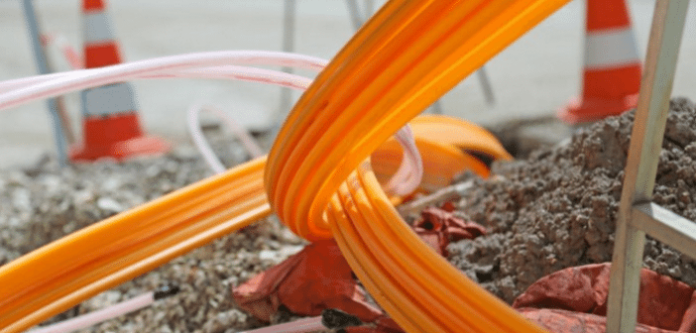Global fiber optic connectors market expected to reach $4.9 billion by 2020
Fiber is the vein that keeps data pumping through the heart of our communications systems. As infrastructure continues to expand to keep up with the growing number of connected devices, companies are fighting to keep up with demands on all parts of the fiber ecosystem – from a workforce trained to test and install the fiber, to an increased need for fiber optic connectors and other critical items. With that said, it is a problem no one in the industry is upset about.
Companies such as Verizon Communications, Google and AT&T have been expanding their high-speed, fiber-to-the-home infrastructure at a rapid pace, leading to an explosion of revenue for the whole ecosystem. Google Fiber was an early driver of fiber demand with networks growing in Austin, Texas; Provo, Utah; and Kansas City, and plans to expand into many other U.S. markets. AT&T has plans for its GigaPower expansion in over 30 markets across the country.
AT&T operates more than one million route miles of fiber optic globally and recently announced its GigaPower fiber optic networks currently connect more than 1 million locations across the country with a final goal of reaching more than 14 million residential and commercial locations.
Rival operator Verizon recently unveiled plans to launch new fiber optic networks capable of offering broadband access speeds of up to 10 gigabits per second. However, Verizon has not provided details about the areas in which the fiber optic networks will be deployed. In March 2015, Verizon said it was modernizing certain parts of its 10 Gbps fiber optic networks using equipment provided by Cisco and Ciena. Verizon currently operates more than 800,000 metro route miles.
All of this expansion means even the smallest parts of the ecosystem will see huge growth.
According to a new study by Research and Markets titled “World Fiber Optic Connectors – Market Opportunities and Forecasts, 2014 – 2020,” the growth of high-bandwidth services and the need for increasing cloud storage will create increased demand for fiber optic connectors, which will cause the market to explode in the next five years. The report predicts the market will reach $4.9 billion by 2020 with a compound annual growth rate of 9.9%.
Until recently, fiber optic connectors have been difficult and complex to use, but with standardization from manufacturers and technological advanced that increased user-friendliness, the fiber optic connector market has grown rapidly.
Other factors contributing to the growth include audio and video services, TV-on-demand and online gaming. The North American region alone is expected to register a CAGR of 9.1% in the forecast period boosted by the need for connectors in data centers, enterprises and security sectors, according to the Research and Markets’ study.
The security sector is expected to be one of the greatest drivers of the predicted growth. The security systems market is expected to register a CAGR of 12.4% between 2015 and 2020 due in large part to factors such as huge bandwidth capabilities and protection against interference.
In 2014, lucent fiber optic connectors and subscriber connectors accounted for a share of 29.2% of the global market. Lucent fiber optic connectors have applications in local area networks, telecommunication networks, community antenna television, data processing networks, fiber-to-the-home and fiber-to-the-premises distribution.
Subscriber connectors are expected to reach a CAGR of 11.3% by 2020, the study said. It also predicts wide application areas in lucent connectors, subscriber connectors and multi-fiber termination push on/pull off connectors will further increase market penetration.
These large scale fiber roll outs also create tremendous opportunity, not just for consumers and enterprises, but also for trained technicians. Everywhere there’s fiber there needs to be a qualified tech trained to complete the test and measurement work that ensures the success, or failure, of a network.
To keep up with these demands, companies such as Anritsu are rolling out training and certification sessions specific to fiber optics and optical time-domain reflectometer cleaning, inspection and operation.
This a great opportunity to learn a valuable skill set for both indoor and outdoor technicians,” OTDR instructor Dennis Burt said. “Where there is fiber optic cable, there is a technician that needs to test while building and troubleshoot afterwards.”
According to Anritsu, the skills learned during the training and certification process add value for carriers, base station OEMs, tower companies, field engineers, installers and site managers.

